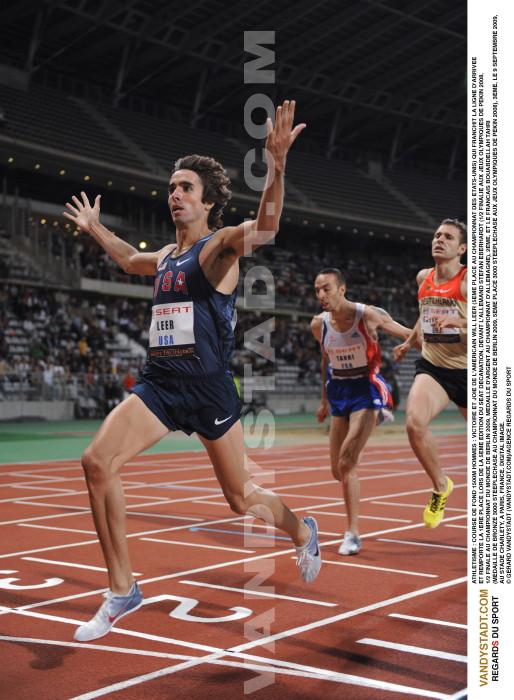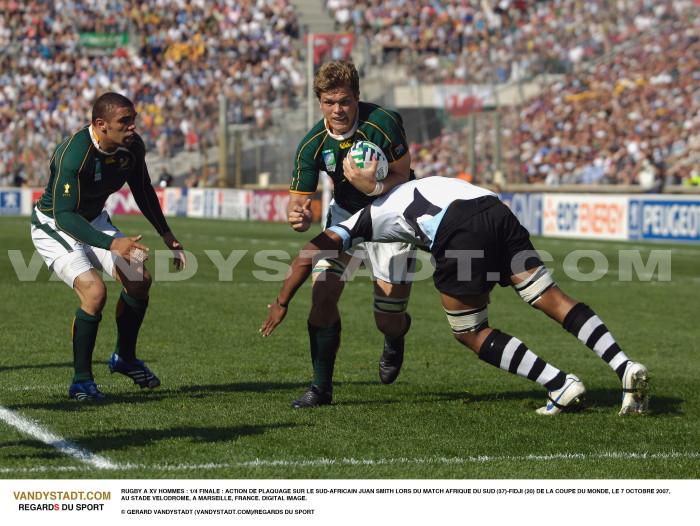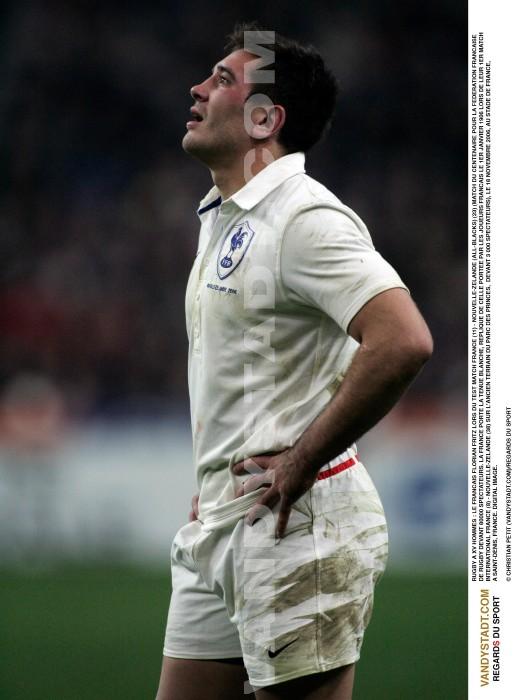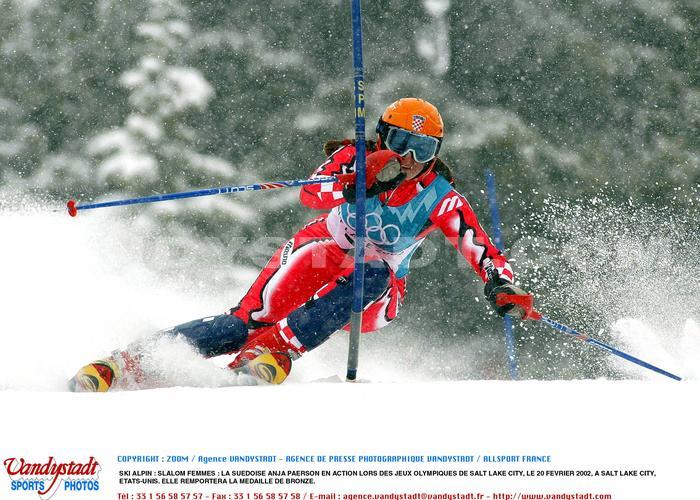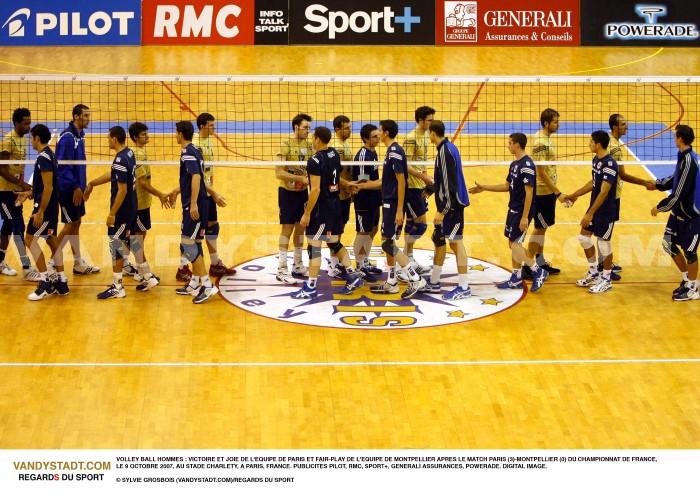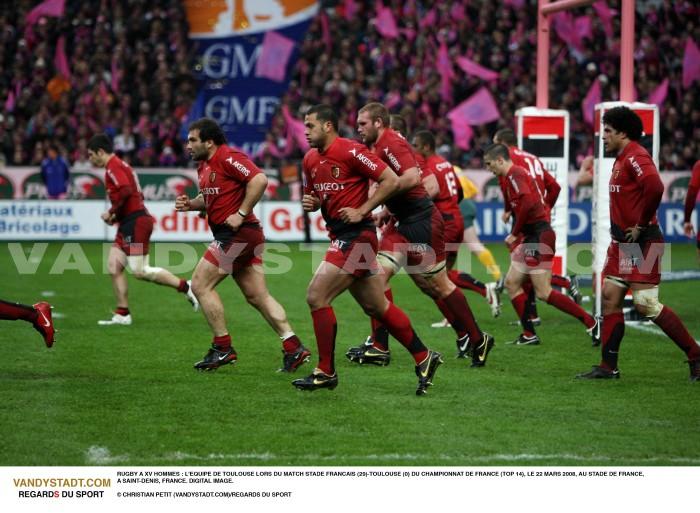Karaté - Karate history
KARATE
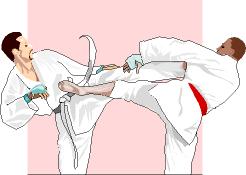
The meaning of the word 'karate' is 'empty hand': kata = empty, te = hand.
"Karate-do is a philosophy, an attitude and a look at the life and the world ... according Shomen Gichin Funakoshi (1868-1957) father of modern karate, importer of karate-do in Japan and founder of the Shotokan style
History
Stemming from the ancient Chinese methods of fighting, and improved again by the Japanese karate is the heir of all the Eastern philosophical traditions in the service of man.
Karate began to grow in Japan after the Second World War, arriving straight from Okinawa Island, where there was a different form for several centuries. In Okinawa, this form of defense called "tee", one could also say 'Tode', to the ideogram (China) and tee (hand) with a false link, tote decides tode. But its origin goes back to ancient China Dynasty Min.
Before the Taisho era and during the Min dynasty, the people of Okinawa had regularly used to go lay tributes to the Chinese. During this short stay, until the boat recovered, the sailors were studying for them and for fun fighting techniques that the Chinese wanted to show them and then one day, one of those Chinese called Wanshu, and organizes an expedition comes to Okinawa where he teaches some of his knowledge. The name of this famous Chinese remain as it is awarded on behalf of karate kata (series of movements classified), experienced practitioners today.
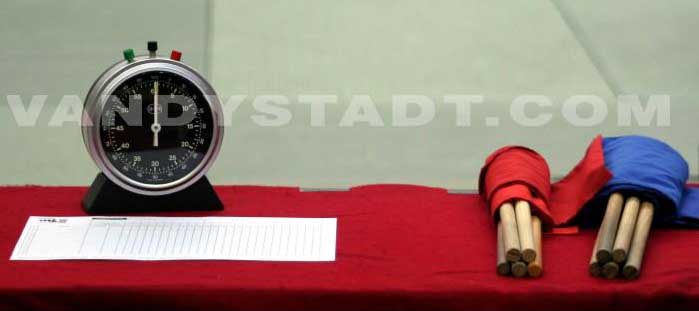
The first three pioneers who began to disseminate this science of combat in Japan were the Masters Kenwa Mabuni (1889-1952), Chojun Miyagi (1888-1953) and Gichin Funakoshi (1868-1957). Mabuni Kenwa go to Osaka and then summing up SHURITE and Nahata, it will create the method Shito Ryu. Miyagi, it will remain in Okinawa and continue the work of his master Higashi Ona, creator of Goja Ryu, who was also the master Mabuni. For its part, will Gichin Funakoshi in 1904 the first major demonstration in Okinawa. Then invited by the Japanese in 1915, there will be another demonstration organized in Kyoto Budo Kuden. He will travel to Tokyo where he will set up a dojo in Shoto Cho. The city will become the name Shoto Dojo styling it as a manor house or the word Kan, hence the name Shotokan (The house of the town of Shoto, which means 'long life' and Kan means 'pine' is thus both symbols of his school life and space). Closer to home, living today in Tokyo, one of the best disciples of Gichin Funakoshi , the Master Hironori Ohtsu ka (1892-1982), established the method Wado, wa (peace) and do (way) Peace in the track. This teacher is one of the last descendants of true karate do.
One of the first experts to teach karate outside of Japan was Master Tsutomu Ohshima, A direct student of the founder of modern Karate, Funakoshi Gishin. He left the United States where in 1956 he founded the association "Shotokan of America" in 1956. It was he who, in 1962 during a one year stay in France, gave the French Karate technical foundation necessary for it to flourish.
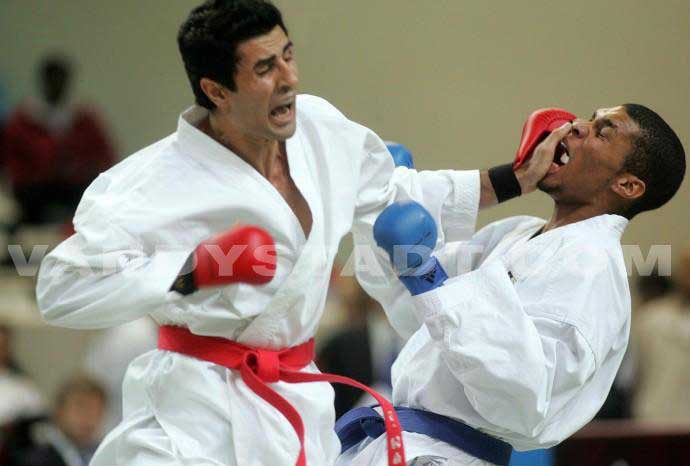
The karate made its entry into France 1950. Long attached to the French Judo Federation, the French Federation of Karate and Martial Arts affinity was recognized June 30, 1975.
The International Federation (World Karate Federation), founded in 1992, has 150 affiliated nations. The first World Championship took place in 1980 men and 1982 women. Currently, there are 15 million depratiquants worldwide.
Today, the French Federation Account:
- 201 296 licensed
- 3 786 clubs
- Approx. 18 000 black belts
Licenses by subject
- 165 423 in karate
- 13 389 in karate jutsu
- 22 480 in martial arts
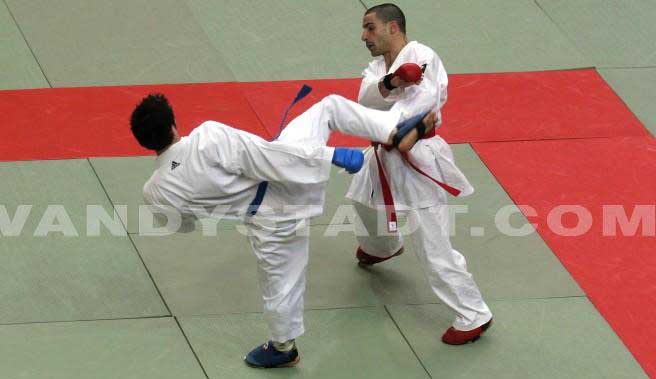
Principle
Two fighters compete without wearing blows with their hands (the edge), feet (kicking sautéed or circular) and their fists.
Karate is a method of combat and self-defense is to use a rational and scientific natural weapons of the human body: feet, elbows and fists to strike blows struck. The shots are given with the feet and hands, and stopped before they affect the body. Very important: speed, technique and power shots.
The duration of a bout is three minutes (extra time in case of equality). The first successful karateka who had six points is declared the winner.
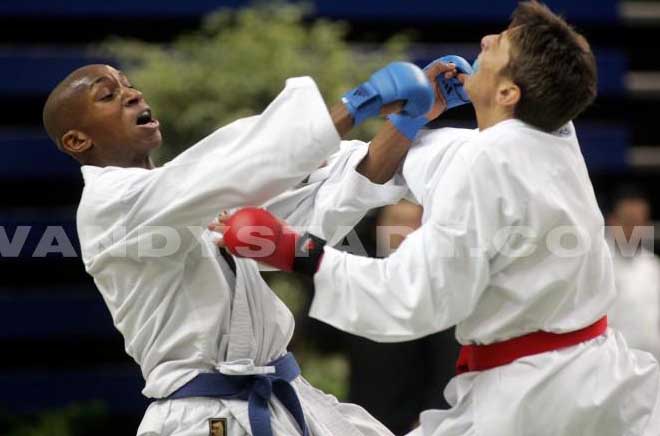
Facilities
Surface Combat
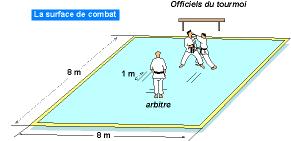
The gym is called a 'Dojo'. It is equipped with a ground floor or carpet.
Two parallel lines, perpendicular to the front line, long a meter each, will be drawn at a distance of 1.5 m from the central point of the contest area. The fighters will be held on this line.
A line of 0.5 m in length will be drawn parallel to the front line, just meters from the central front of that line. This line indicates the regulatory position of the referee.
Equipment
The "karate-gi (or kimono) should in principle be consistent with the following details:
- The jacket, when tied around the waist with a belt, must be of such length that it covers the hips.
- The sleeves of the jacket must reach to the middle of the forearm.
- Pants must be long enough to cover more than half of the tibia.
- Belt (obi) must be long enough to allow an additional length of 15 cm beyond each end, after being properly tied around the waist.
- The second red or white belt should be approximately 5 cm wide and be of a length to that node to the end, there is an additional length of 15 cm. They must be distinct color, so as to be readily identifiable during the fight.
Mouth guards are now mandatory.
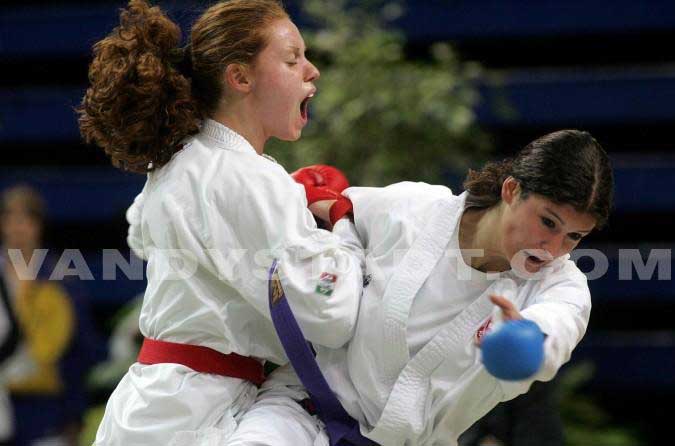
Kinds of battles
There will be two kinds of competitions:
- In fighting in
iduel,
- Fighting team.
All fights will take place according to the "SANBON shobu. Regarding the fighting team, each participating team will consist of an odd number of competitors.
Categories (Senior)
Lightweight - 65 kg
Mi-average 65 to 70 kg
Average of 70 to 75 kg
Mi-75 heavy 80 kg
Heavy + 80 kg
Open All
The weight classes until 2008
Men Kumite: -60 kg, -65 kg, -70 kg, -75 kg, -80 kg, +80 kg, Open (all categories) and teams; in Kata
iduel and team
Kumite Women: -53 kg, -60 kg, +60 kg, Open (all categories) and Open (TC) in Kata
iduel and team
The weight classes since 2009
Men Kumite: - 60 kg - 67 kg, -75 kg, -84 kg, +84 kg, Open (TC) in Kata
iduel and team
Women Kumite: - 50 kg - 55 kg - 61 kg, -68 kg, +68 kg, Open (TC) in Kata
iduel and team
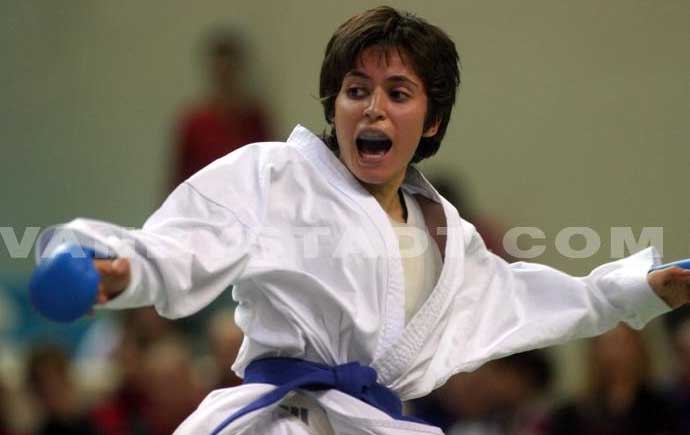
The score
The result of a fight will be determined by the fact that a combatant has scored or not a "nihon" (two "ippons") on his opponent, or victory by decision (these two cases as examples of victories) or if there was "hansoku" or "SHIKKAKU" (these two cases are examples of losses).
Since 2000, the scoring is unlimited until the end of the fight unless one of two karate obtains a difference of eight points (six points before).
The number of points is as follows:
- 1 point for punches (waza ari);
- 2 points for the technical body feet (Niten waza);
- 3 points for technical face and feet chained to the ground scans (ippon).
Gloves and belts combatants must be the same color (red or blue) to better differentiate them.
The arbitrators award their points with three levels of trial for the technology instead of two levels before (waza ari and ippon):
- The Ippon worth three points instead of two. It penalizes the techniques known as 'full' as the kicks to the face and scans followed by a decisive technical.
- The Niten Waza: retrial is valid for kicking the body, controlled punches to the face. The Niten Waza worth two points and will be reported by the referee by a gesture from the horizontal arm.
- The Waza Ari valid for other punches to the body is always a point.
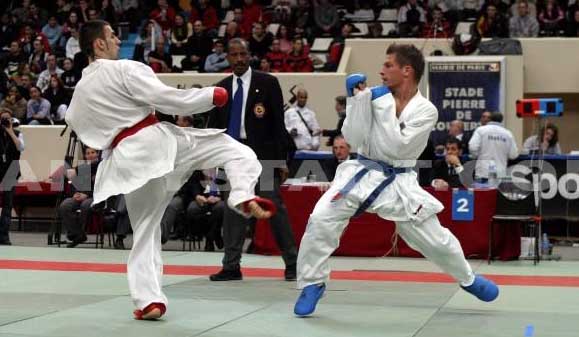
Ippon
Ippon (kick worn) will be granted on the following criteria:
1. A "Tsuki", an "uchi", or "geri" precise and effective, when it reaches a point of attack allowed the body of the opponent in the prescribed manner, be counted as ippon.
2. An effective attack delivered simultaneously with the announcement of the end of the fight will be recognized as valid.
No attack, although it is technically correct, will be recognized as valid, if it was paid after the call "Yame" from the referee.
3. No attack, although it is technically correct, will be recognized as valid, if it was increased when both fighters were out of the contest area. However, if a fighter out of the contest area is an attack when it is still within the contest area and before the call "Yame" from the referee, his attack will be recognized as valid.
Prohibited
The following techniques are prohibited:
1. contact to the face,
2. attacks the testicles,
3. attacks in the face by "nukite" or open hand ( "tesho")
4. direct attacks on repeated upper and lower
5. attacks the joints of the hip and knee and kick.
The fight
The referee takes place and, after the exchange of greetings between the combatants, the battle begins with the announcement: "Shobu Hajime".
When the referee identifies a technique performed by a combatant as an ippon, he must stop the bout by announcing "Yame" and direct fighters to return to their original place.
When a fighter has scored two ippons during a bout, the referee announces "Yame" and ordered the fighters to resume their original position, while also returning to his. He then proclaimed the winner, raising his hand on the side that won, and decisively indicate the technique used by it by announcing "Shiro (Aka) No Kachi". He proclaimed at the time the contest ends.
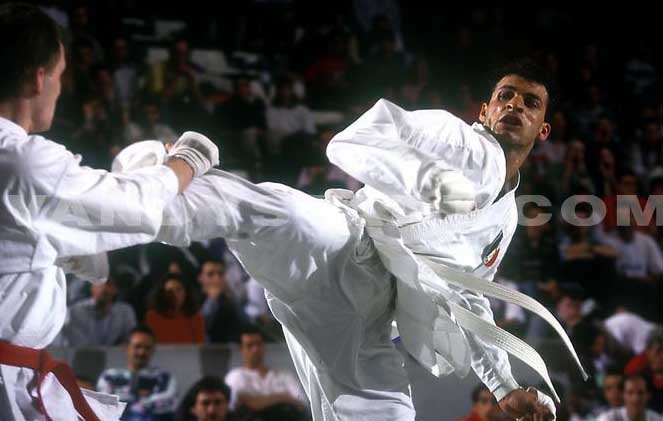
When the time for fighting is over without an ippon has been scored by one of the combatants, the referee will announce "Yame" and return to his place. After granting judges the time they need to weigh their decision, he will announce "Hantei" and called the judges by a whistle to give their decision and determine the winning majority. He then proclaims the winner by raising his hand in the winner said in announcing and "Shiro (Aka) No Kachi" or "Hikiwake.
The fighting is allowed from 16 years.
A few fighting techniques :
Mae geri: kick brought directly to the body.
Yoko geri: the kick to the body worn side.
Kizami tsuki: punch brought to the body.
Mawashi geri: the roundhouse kick to the face covered.
Belts
As in judo, is the color of the belt determines the degree of fighting.
The first belt awarded for beginners is the white belt or 6th kyu, then yellow-5th kyu, 4th kyu orange-, green-3rd kyu, blue (symbol of ambition and youth), 2nd kyu, 1st kyu brown-and finally black for experts from 1 dan to 8th dan and red for the 9th and 10th dan. There are bicolored intermediate belts for children.
By age 16, a young person can come forward to take the exam for black belt 1st dan.
The nine virtues of karate
1. Celebrating Meiyo
It followed a moral code and have an ideal way to behave with dignity and respectably.
2. The Loyalty: Chujitsu
It is the duty and the inescapable need to keep its promises and meet its commitments.
3. Sincerity: Makoto
The quality of one who does not disguise his feelings or his thoughts, which he knows to be true.
4. Courage: Yuki
It is the fortitude that braves the danger and suffering. The bravery, enthusiasm and especially the media will have that courage.
5. Goodness: Shinsetsu
Is a trademark of courage. It denotes a high humanity and urges us to be respectful of life.
6. Humility: Kyoken
It's knowing how to be humble, free from pride and vanity.
7. Righteousness: Tadashi
It followed the line of duty and never deviate. It allows us to take no weakness a fair and reasonable.
8. Respect: Sonchoo
This knowledge treat people and things with respect. This is the first duty of a Budoka.
9. The Self-control: Seigyo
This is the essential quality of a black belt because it determines its effectiveness. The code of honor and morality taught by the Traditional Karate Do are based on the acquisition of this skill.
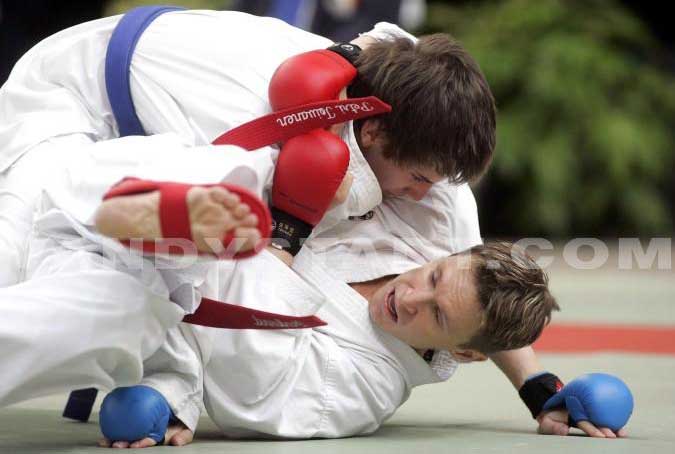
Glossary
The terms most used during training:
Itch-one; Ni-two Sam-three, Chi-four GB-five Roku-six-seven Itchi; Atchi-eight-nine Kou; Djiou-ten;
Ge Netherlands
Gohon kumite: Working with partner of 5 no.
Hadjimé: begin.
HIKITA: draw his fist on his hip while working for another.
Ippon kumite: Working on a step with a partner.
Jo: High.
Kame: move into position.
Keage: rebounding.
Kekomi: smashing.
Kiaï: the moment emerges maximum power.
Kime: the union of physical and mental strength.
Kion: work all movement techniques.
Tue: distance.
Mawat: turn around.
Sambon kumite: Working with partner 3 steps.
Seiza: in position to greet.
Shu: medium.
Tori attacker.
Uke: defender.
Yamé: stop.
Yoi: ready to start the exercises. The waiting position.
Other terms:
Dan: Level
Dojo: training hall.
Karate or keiko gi: white uniform of karate.
Kata: the technical sequences.
Kion: techniques go.
Kumite: application of a technique with a partner.
Kyu: grade
Randori: chain of attacks and defense.
Sensei: Professor
Shihan: Master
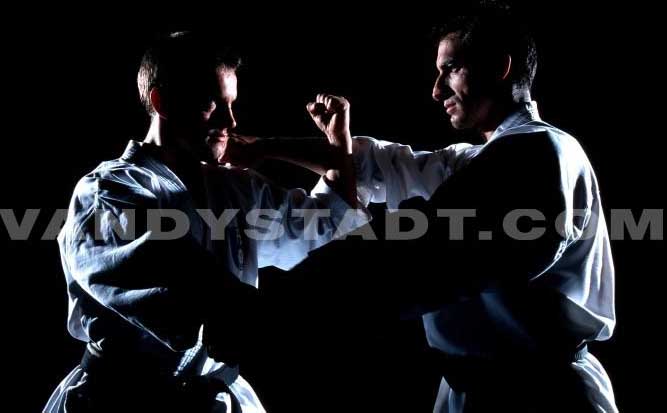
Kata
"Kata" means 'form' or 'pan'. It is a gestural form that contains all the heritage of karate sequences coded by techniques performed in a vacuum and to overcome several imaginary opponents in a battle where every technical foul (attack or defense performed poorly, unsteadiness, imbalance, etc. ..) means defeat. It is therefore imaginary and simulated battle that consists of sequences based on the technical-cons attack and defense against imaginary opponents. During a competition, divided into karate chicken, opposed by knockout.
There are currently three schools of kata:
- Shotokan, widespread in the world with its style rather athletic and modern (kicks, rather low position) with 26 kata. The Heian Godan kata is that their is a sequence of 23 movements in about 50 seconds.
- The Shito-Ryu style with classic, popular with Italians and Spaniards.
- Goju-ryu, favoring the chains of melee very popular among Japanese.
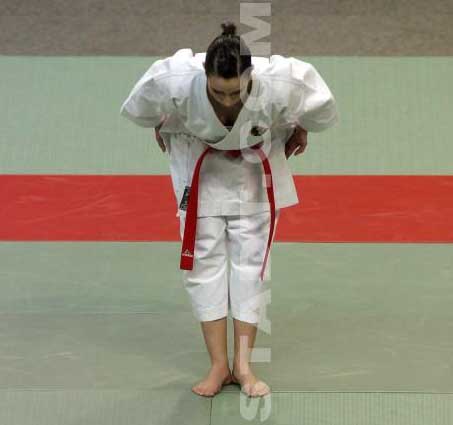
Copyright Sportquick/Promedi












